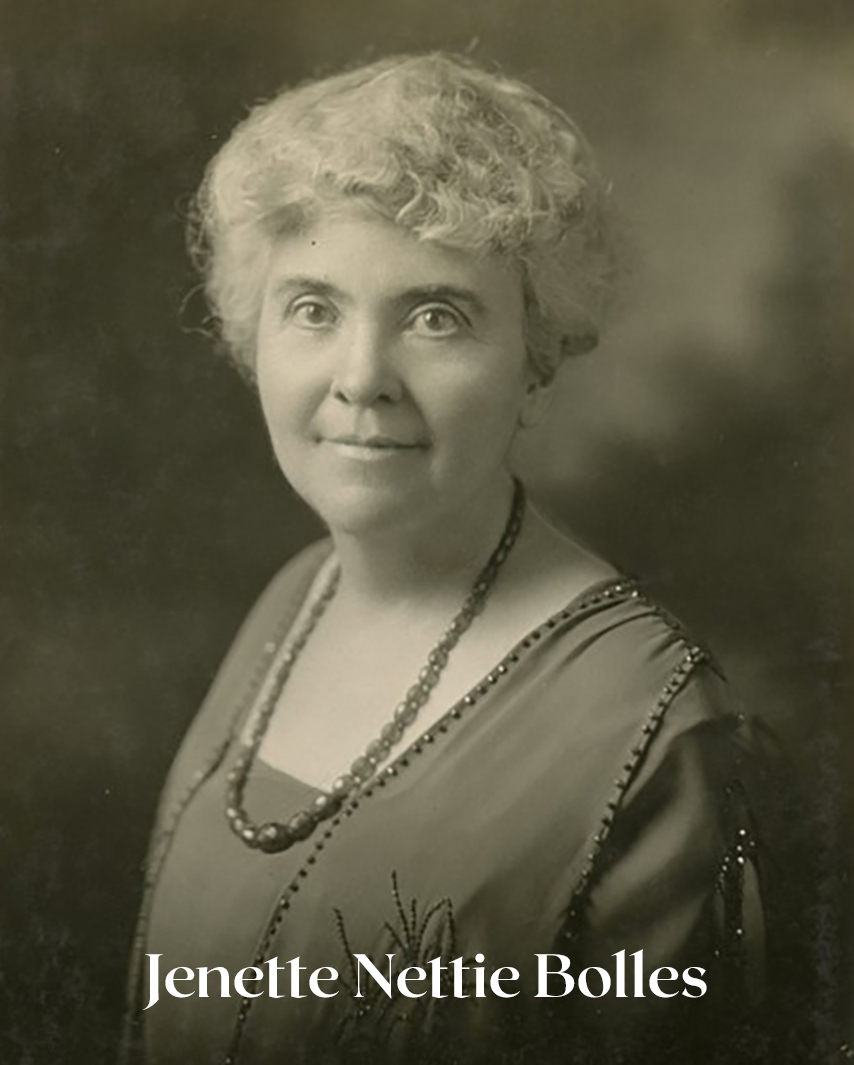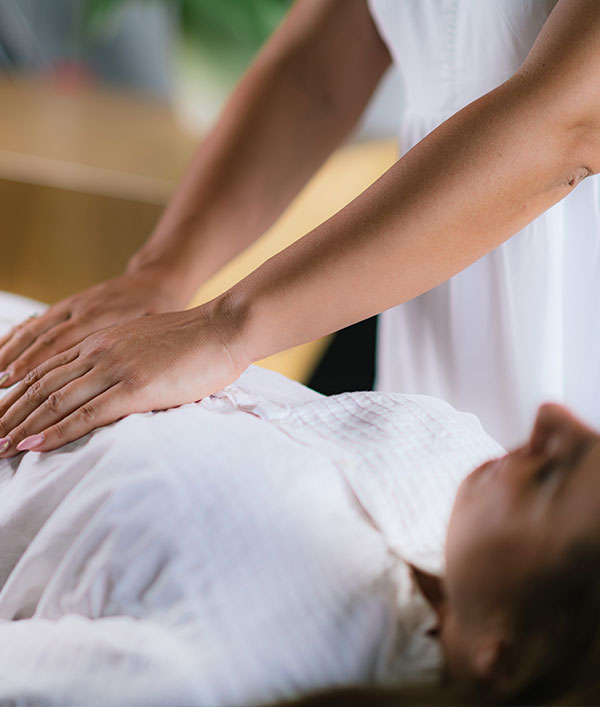How We Treat
What is Osteopathy?
Osteopathy is a distinct approach to healthcare based on the original discoveries and experiences of its American founder Dr Andrew Taylor Still (1828 – 1917). Dr Taylor Still was the first physician to recognise fully the relationship between the structure (anatomy) and function (physiology) of the body and how this interdependence was vital for physical and mental well-being.
Osteopathy is a patient-centred approach to health; an individualised management plan may include hands-on treatment, exercise, diet and lifestyle advice and, if appropriate, onward referral. Osteopathy also includes patient self-help and education.
Osteopaths assess their patients as unique individuals, reviewing all aspects of their symptoms. A detailed case history is taken during the first consultation, followed by a thorough physical and clinical examination to identify the patient’s problems, including any diseases that might be responsible for their symptoms. The osteopath will explore factors such as the patient’s mobility, posture and general state of well-being and may also consider lifestyle factors, levels of activity, dietary preferences and levels of stress
Working with their hands, osteopaths apply a range of techniques to help reduce pain, increase mobility, relieve muscle and deep tissues tension and enhance circulation. This potentially helps the patient’s own healing mechanism to work more efficiently and promotes recovery. Osteopaths help provide relief from structural, mechanical and functional problems in people of all ages and achieve this by restoring the body’s equilibrium and balance. This may be achieved through the use of osteopathic treatment or through exercise and lifestyle recommendations.
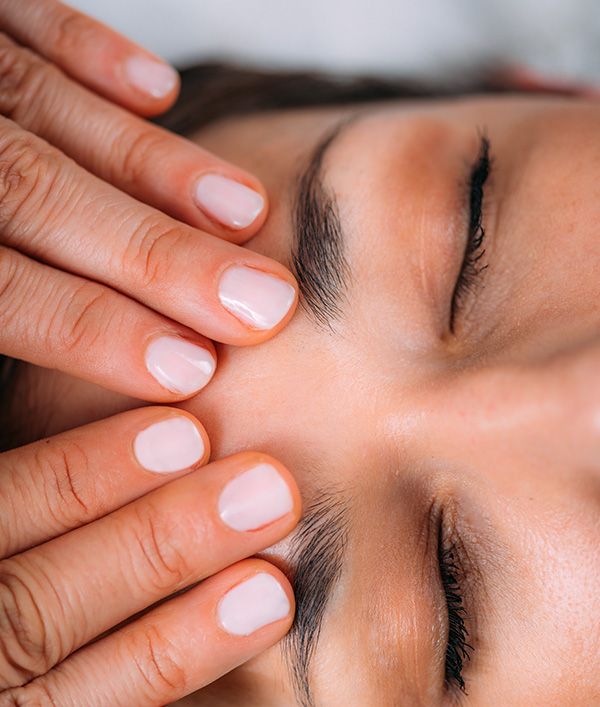
Cranial/Cranio-sacral Osteopathy
This very gentle therapy aims to assess and improve the functioning of the cranio-sacral system. This is made up of the skull and the entire spinal column up to the sacrum (one of the pelvic bones), as well as the organs and anatomical structures they contain. There are, among other things, 3 superimposed membranes (the meninges), which surround and protect the brain and the spinal cord (itself located inside the spine). The cerebrospinal fluid, which lies between the layers of the meninges, is also part of it.
According to the craniosacral theory, the bones of the skull are mobile (on the order of the minute) while the cerebrospinal fluid is driven by an intrinsic expansion/retraction movement called “primary respiratory movement” (PRM). Thanks to their relative mobility, the bones of the skull and the meninges serve as buffers in this semi-closed “hydraulic” system. Any event that destabilizes this system could cause trouble and pain.
The Main Principles
Cranial osteopathy has its own principles, in addition to those of osteopathy.
They are:
- LMotility of the central nervous system: there would be an expansion/retraction of the central nervous system at a rate of 8/12 per minute.
- LCerebrospinal fluid fluctuation: This rhythmic fluctuation will be 2-3 per minute.
- LThe membranes of reciprocal tension: it is the continuity of the membranes (these are the meninges formed by three membranous sheets, namely the pia mater, the arachnoid and the dura mater) with all the fascias of the organism.
- LThe connection between the dura mater and the sacrum.
- LThe mobility of the bones of the skull: by the shape of the bevelled sutures.
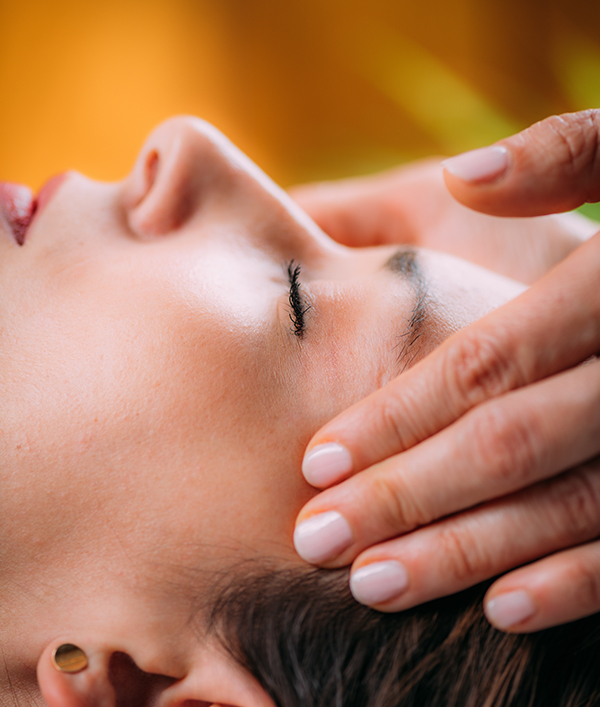
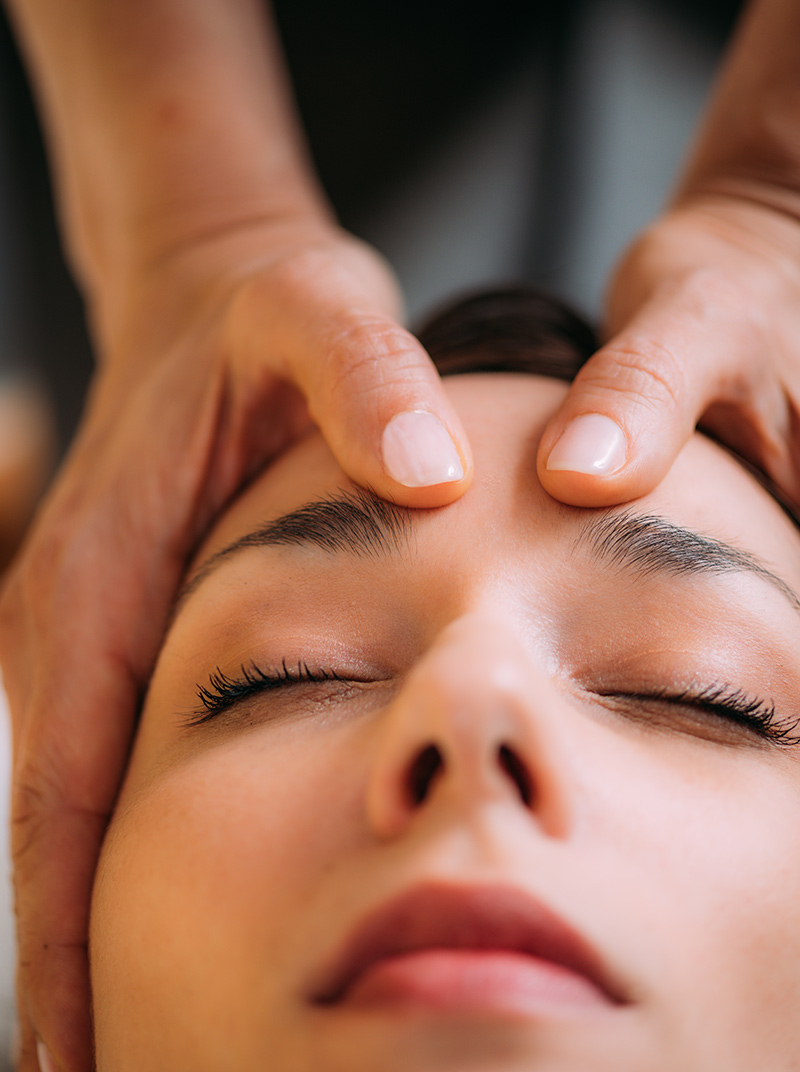
Indications for a consultation in cranial osteopathy
- LMigraines, headaches.
- LDisorders of the ENT sphere (in particular seromucous otitis)
- LBruxism (grinding of teeth, clicking of the jaw), difficulty in swallowing
- LCervical, dorsal, lumbar pain
- LPostural disorder
- LDizziness
- LVisceral disorders (diarrhea, reflux, constipation)
- LTinnitus
- LVisual disturbances
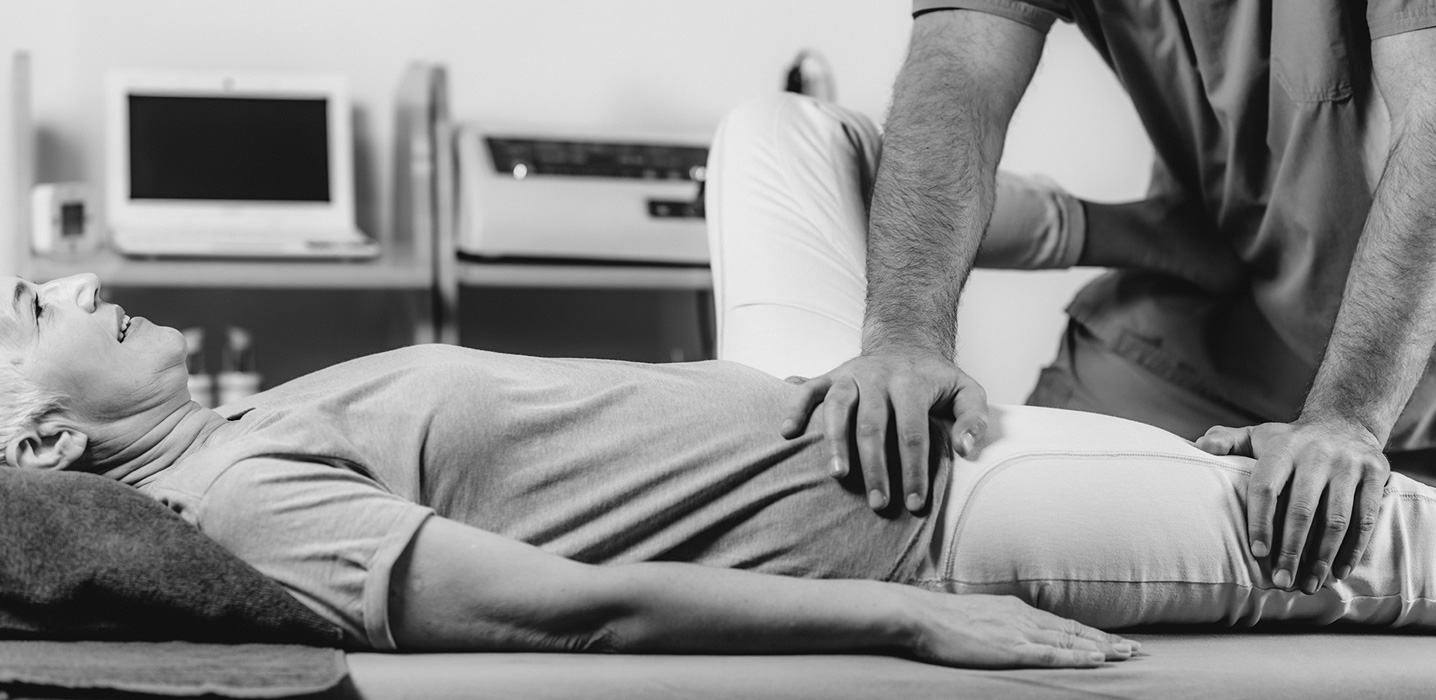
Visceral Osteopathy
Energetical Bio Dynamical
Cranial/Cranio-sacral Osteopathy
Somato-Emotional Osteopathy
Structural Osteopathy
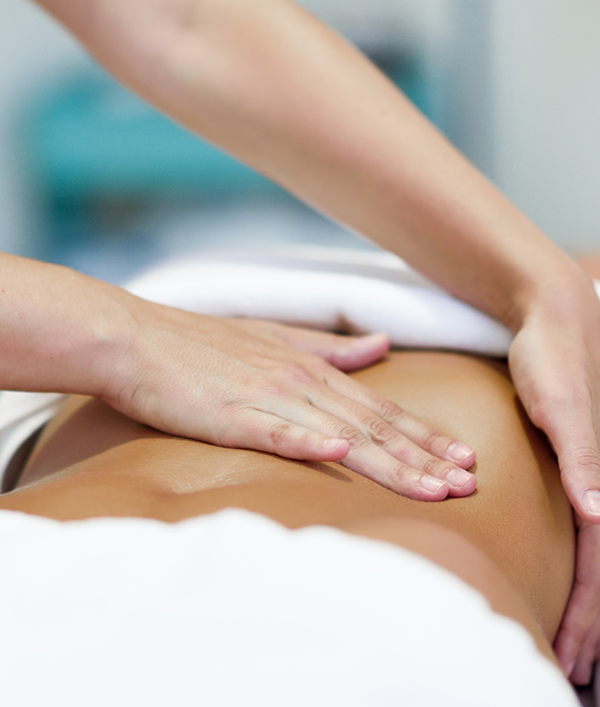
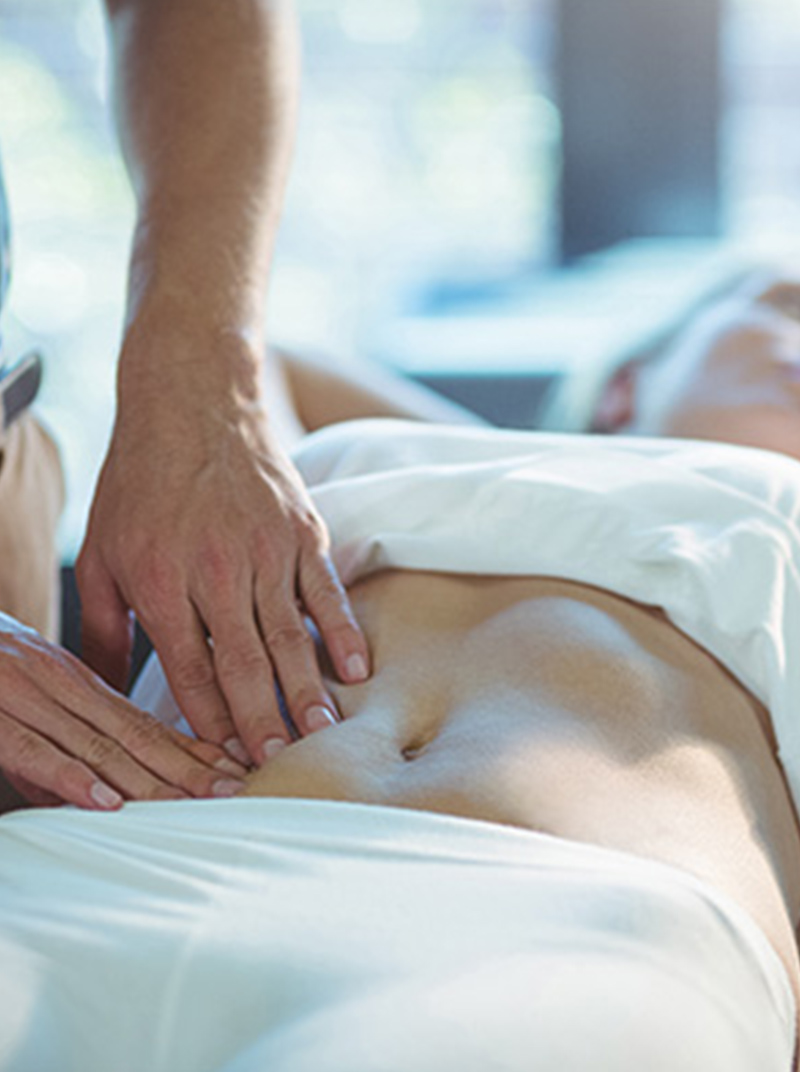
Visceral Osteopathy
Visceral Manipulation (VM) was developed by renowned French Osteopath and Physical Therapist, Jean-Pierre Barral. Through organ-specific fascial mobilization, VM assists functional and structural imbalances throughout the body including musculoskeletal, vascular, nervous, urogenital, respiratory, digestive and lymphatic dysfunction. It evaluates and treats the dynamics of motion and suspension in relation to organs, membranes, fascia, and ligaments. VM increases proprioceptive communication within the body, thereby revitalizing a person and relieving symptoms of pain, dysfunction, and poor posture.
Indications for consultation in visceral osteopathy
- LFertility-related issues
- LPersistent pain in the coccyx
- L Recurrent urinary tract infections, need to urinate frequently
- LPersistent lower back pain not relieved by musculoskeletal treatments
- LConstipation and diarrhea, especially when chronic
- LAbdominal cramps, bloating, flatulence
- L Heavy legs
- LGastric reflux in adults and gastroesophageal reflux in infants
- L Sensation of bar pain in the back, under the shoulder blades
- LTightness of the rib cage
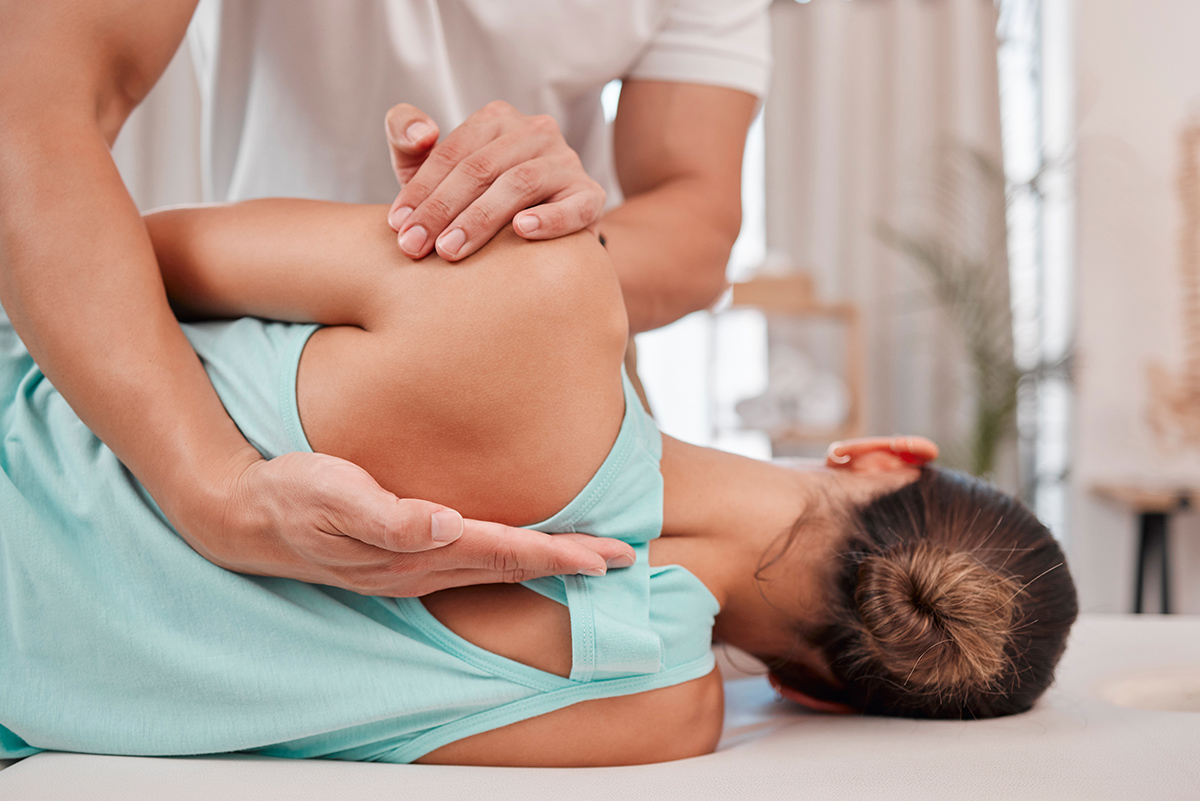
Structural Osteopathy
Structural osteopathy describes the diagnosis and treatment of dysfunctions in the musculoskeletal system, in the same way visceral osteopathy relates to the visceral system. It is based on the principle that structure and function are related, if the structure is not balanced then the function becomes affected causing ‘dysfunction’.
Symptoms arise when your body deals with too much compensation which leads to ‘decompensation’. Your problem could be caused by other decompensation elsewhere in your body. For example, foot pain leading to walking with a limp, which if combined with back or pelvic stiffness can lead to decompensation and pain in the low back or hip.
Therefore, the examination requires a comprehensive study of various postures and testing simple functional movements.
The techniques used in structural osteopathy are normally manipulative, spinal and or soft tissue. These can be deep and or gentle depending on the planned outcome. Structural osteopathy usually focuses on stretching muscles and mobilising your joints.
Fascia Osteopathy
According to the collins dictionary, a Fasciae is a fibrous connective tissue occurring in sheets beneath the surface of the skin and between muscles and groups of muscles.
It is a real fibrillar network, like a spider’s web, which separates, but also connects the different parts of the body to each other, from the depths of the bone, to the surface of the skin. All the fascias of the body are in continuity, thus leaving no empty space.
Fascial Osteopathy is a technic based on a soft touch wich follows the slow movement of the fascias. these gentle mobilizations associated with times of support points make it possible to obtain a local and general relaxation of all the fascias favoring a physical improvement .
Indications for fascial osteopathy
The studies carried out in recent years have made it possible to broaden its fields of application, making it possible to treat many acute pains such as low back pain, torticollis, vascular, abdominal and pelvic-perineal pain, and also chronic pain such as fibromyalgia.
Fascial osteopathy also interacts in pain generated by stress and anxiety. If it alone does not solve all these pathologies, it will bring a feeling of relaxation, well-being, flexibility and will replace many painkillers.
Tissue Approach
According to Pierre Tricot , French Osteopath who set up and structured the tissue approach in Osteopathy, the starting point is a Rollin Becker’s quote :
« Cells have two things in common: a philosophy and a purpose.
Their philosophy is universal, not specific. At this level, all obey the same laws. Concerning their goal, that they are specific. »
As osteopathic practitioners, we accept the specificity of their purpose.
We work with their universality.
Cell philosophy?
What may be the philosophy of a cell? What is essential to it, if not simply: to be?
And to speak of being, is it not to speak of conscience? Obviously, at the level of the bodily system, these are elementary consciousnesses.
Tissue techniques work according to the concept that every living structure is aware and apply this principle to help living tissue in trouble.
Living body, conscious body.
This is the hypothesis from which the tissue approach in osteopathy developed.
- LConceiving the body system as conscious obliges the practitioner to completely change the way he approaches it: from an object on which to act, he becomes a subject with which to communicate.
- LThe body system is not only conscious, it is also extraordinarily complex. Recognizing, accepting, composing and communicating with this complexity means collaborating with the living to help it recover harmony and health.
- LBy addressing the living body as a consciousness, or aggregate of consciences, the practitioner encompass the bodily system as a unit.
This approach is based on the philosophy of A. T. Still and W. G. Sutherland shed new light on it, highlighting the visionary thinking and genius of the two men.
Energetical-biodynamic Osteopathy
Energetically biodynamical osteopathy (EBDO) is a type of osteopathic therapy that focuses on the body’s energetic systems and their influence on physical health and well-being. This approach is based on the idea that the body is an interconnected system of energy and that restoring balance to this system can promote healing and wellness.
The goal of EBDO is to identify and release blockages in the body’s energetic system, which can occur due to physical, emotional, or mental stressors. These blockages can manifest as pain, tension, or dysfunction in the body, and can ultimately lead to illness or disease.
EBDO therapists use a variety of techniques to restore balance to the body’s energetic system. The ultimate goal of EBDO is to promote overall health and well-being by restoring balance to the body’s energetic system. This approach is often used in conjunction with conventional medical treatment to support healing and recovery from a variety of health conditions.

Somato Emotional Osteopathy
Somato-emotional osteopathy is a type of manual therapy that focuses on the connection between the physical body and emotions. The idea is that physical pain or discomfort can sometimes be caused by emotional trauma or stress, and that releasing these emotions can help alleviate the physical symptoms.
During a somato-emotional osteopathy session, the therapist will use gentle manual techniques to identify areas of tension or restriction in the body, and work to release these areas while encouraging the patient to focus on the emotions that may be connected to them.
Overall, the goal of somato-emotional osteopathy is to help patients achieve a greater sense of physical and emotional well-being by addressing both the physical and emotional components of pain and discomfort.


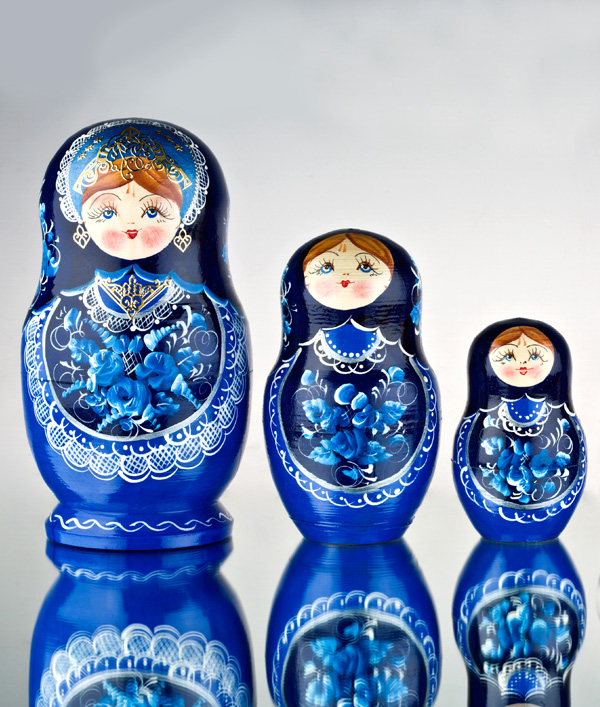
Transgenerational Osteopathy
Transgenerational manual therapy (TGMT) is a type of body-oriented therapy that aims to identify and resolve physical and emotional issues that have been passed down through generations of a family. It is based on the idea that traumas, emotional experiences, and physical symptoms can be inherited and expressed through the body.
The osteopathic pracitioner will use a combination of touch, movement, and dialogue to help clients connect with their body’s wisdom and release any stored emotional or physical trauma. The therapy is rooted in the belief that healing can occur not just for the individual but for the entire family system.
TGMT is a relatively new therapy, and research on its effectiveness is still limited. However, proponents of the therapy believe that it can be a powerful tool for promoting physical and emotional healing, improving relationships, and breaking negative patterns that have been passed down through generations.
Transgenerational Osteopathy
Transgenerational manual therapy (TGMT) is a type of body-oriented therapy that aims to identify and resolve physical and emotional issues that have been passed down through generations of a family. It is based on the idea that traumas, emotional experiences, and physical symptoms can be inherited and expressed through the body.
The osteopathic pracitioner will use a combination of touch, movement, and dialogue to help clients connect with their body’s wisdom and release any stored emotional or physical trauma. The therapy is rooted in the belief that healing can occur not just for the individual but for the entire family system.
TGMT is a relatively new therapy, and research on its effectiveness is still limited. However, proponents of the therapy believe that it can be a powerful tool for promoting physical and emotional healing, improving relationships, and breaking negative patterns that have been passed down through generations.


